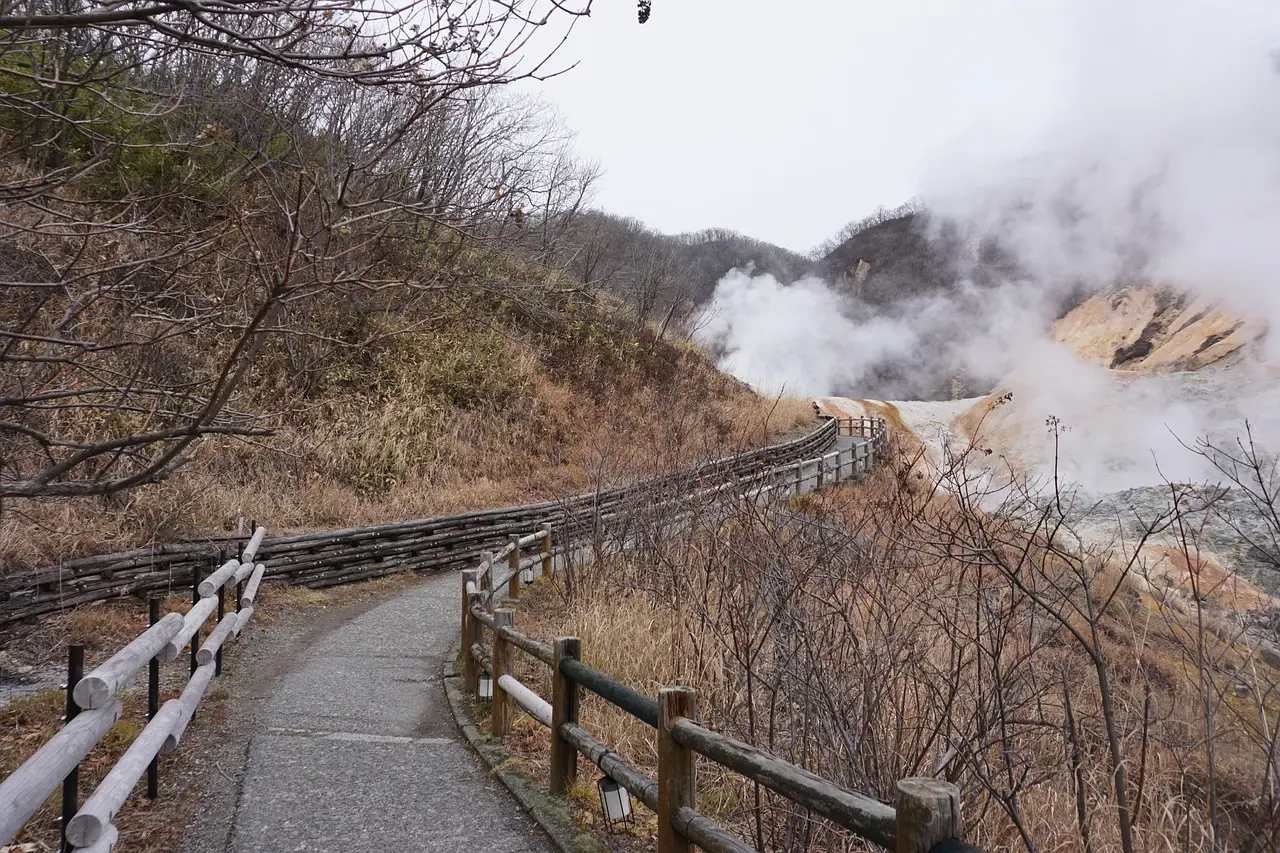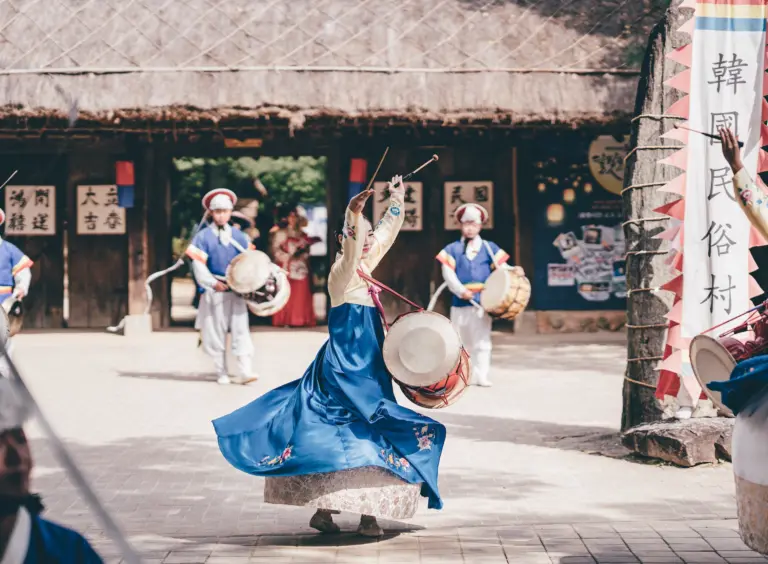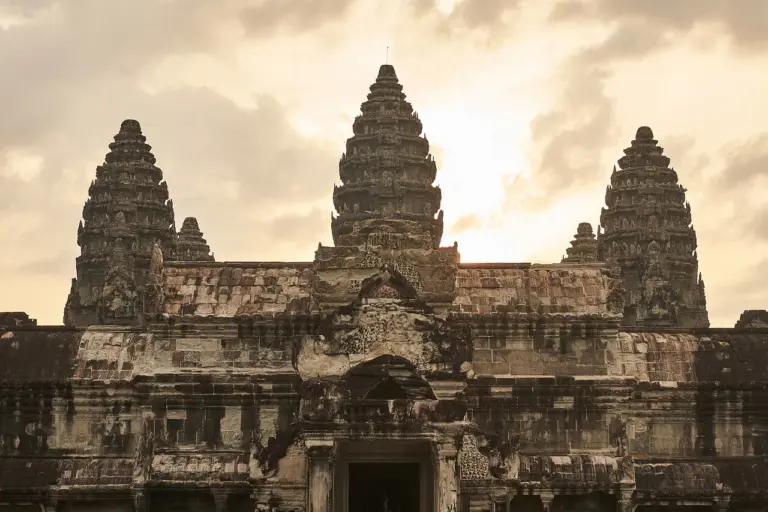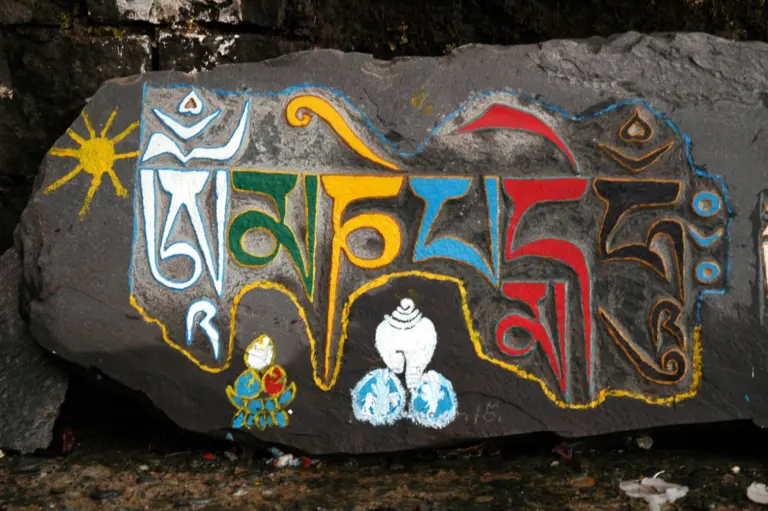Yogacara Buddhism is a profound and influential tradition within Mahayana Buddhism.
Consciousness, in the Yogacara framework, is not a singular, monolithic entity but a complex, layered structure comprising eight distinct types.
This nuanced model goes beyond the conventional understanding of mind and perception, proposing that our experiences are fundamentally shaped by deep-seated mental processes, many of which occur beyond the threshold of conscious awareness.
Each layer of consciousness plays a specific role in filtering and interpreting the information we receive from the world around us, contributing to the construction of our subjective reality.
This understanding enables individuals to recognize the sources of their attachments, aversions, and delusions (the Three Poisons)—the root causes of suffering, according to Buddhist teachings. By directly observing and transforming these deep mental patterns, practitioners can gradually purify their minds, overcome suffering, and move toward enlightenment.
In exploring the eight consciousnesses, we embark on a journey into the very core of our being, understanding that the journey to awakening begins with a single step: comprehending the profound nature of consciousness itself.
Table of Contents
ToggleWhat is Yogacara Buddhism?
Yogacara Buddhism, often translated as the “Yoga Practice School” or the “Consciousness-Only School,” emerged in India around the 4th century CE. Founded by seminal figures such as Asanga and Vasubandhu, Yogacara is distinguished by its deep psychological analysis, sophisticated philosophy of consciousness, and emphasis on meditation and introspection as pathways to spiritual liberation.
At the heart of Yogacara’s teachings is the concept that our experiences of the world are constructed by our consciousness. This perspective is captured in the doctrine known as “vijnapti-matra,” which is often translated to mean “consciousness-only.”
This doctrine suggests that the reality we perceive as external is, in fact, a projection of our internal consciousness. By understanding the nature of our consciousness, Yogacara teaches that we can unravel the illusion of a dualistic world of subjects and objects, which is seen as the root of suffering.
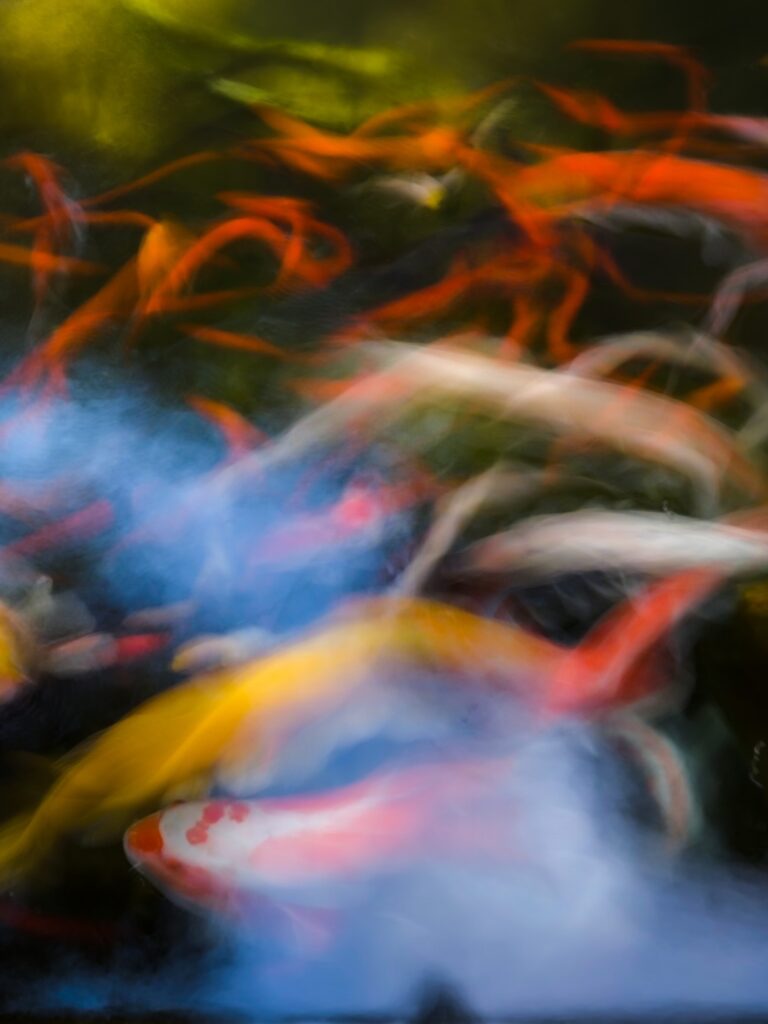
The Eight Consciousnesses
The eight consciousnesses in Yogacara Buddhism present a detailed model of how the mind processes experiences, from the initial sensory input to the deeper layers of mental processing, all within the context of karmic influence.
The journey of perception begins with the five sensory consciousnesses, which are responsible for our direct engagement with the external world through sight, sound, smell, taste, and touch. These consciousnesses capture raw sensory data, which are then relayed to the mind-consciousness.
The mind-consciousness acts as a central processor, synthesizing this sensory information with memories, emotions, and thoughts, thereby constructing a coherent picture of our surroundings and experiences.
This constructed reality is further filtered through the manas-consciousness, which infuses the perception with a sense of self, attaching a personal significance to the experiences and identifying them as “mine.”
This self-referential stance is deeply rooted in the manas-consciousness’s attachment to the alaya-vijnana, or storehouse consciousness, which harbors the karmic seeds of past actions. These seeds influence not only how we perceive the world but also our reactions to it, subtly guiding our thoughts, feelings, and behaviors based on the accumulated karma.
The alaya-vijnana, in turn, is constantly being shaped by new experiences, which deposit new karmic seeds alongside those from past actions. This dynamic interplay between the consciousnesses ensures that our perception of reality is not static but an ever-evolving construct shaped by both past karma and present actions.
The Sensory Consciousnesses

1. Eye-Consciousness (Caksur-Vijnana)
Eye-Consciousness is specifically related to the process of visual perception. It arises from the interaction between the eyes, visual objects, and consciousness itself. Eye-consciousness in Buddhist philosophy encompasses not just the physical act of seeing, but also the immediate, spontaneous awareness that arises from visual stimuli.
The role of eye-consciousness is pivotal in how we perceive and interpret the world around us. It is the first gate through which sensory information enters our mental system, playing a crucial role in shaping our perceptions, reactions, and understandings of our environment.
Eye-consciousness is considered “defiled” in the sense that it is influenced by past karma and current mental afflictions, meaning that what we see is not just a neutral reflection of the external world but is colored by our subjective biases, desires, and aversions.
In the context of spiritual practice, understanding and observing the workings of eye-consciousness is important for a couple of reasons. First, it helps practitioners become aware of how attachment and aversion can arise from just visual perception, leading to a cycle of desire and suffering.
Second, through mindfulness and meditative practices that focus on the nature of perception, practitioners can learn to see beyond the superficial appearances of objects, reducing attachment and cultivating a deeper insight into the impermanent and interdependent nature of reality.
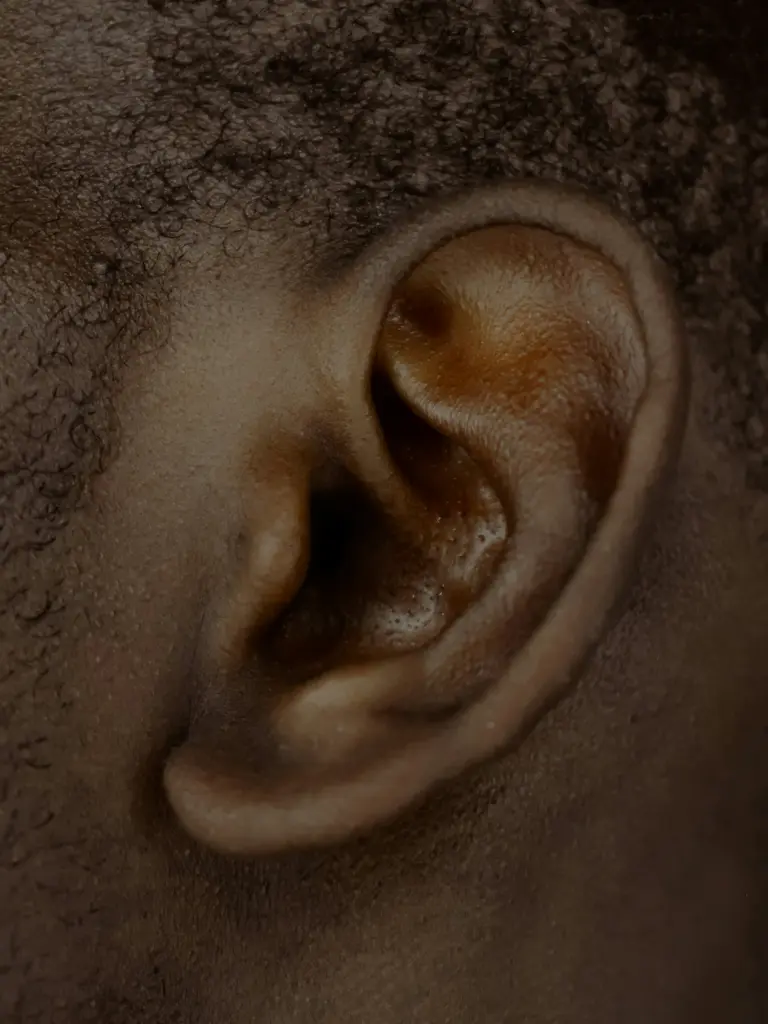
2. Ear-Consciousness (Srotra-Vijnana)
Ear-Consciousness emerges from the interaction between the ears, sounds, and the underlying consciousness. This form of consciousness includes the immediate, spontaneous awareness that arises when sound waves are interpreted by the mind.
The role of ear-consciousness is central to how we experience and interpret sounds, from the mundane to the profound. It shapes our communication, our interaction with the environment, and our inner life, as sounds can evoke a wide range of emotional and cognitive responses.
Like eye-consciousness, ear-consciousness is also considered “defiled”. Thus, our auditory experiences are not neutral receptions of sound but are imbued with subjective interpretations, preferences, and aversions as well.
Understanding ear-consciousness allows practitioners to recognize how sounds can trigger reactive patterns of desire and aversion, contributing to emotional turmoil and suffering. By becoming mindful of the process of hearing and the subsequent reactions, one can learn to maintain equanimity in the face of varying auditory stimuli.
Secondly, practices that focus on sound, such as chanting mantras or mindful listening, can be used to deepen concentration and foster a more profound awareness of the present moment.

3. Nose-Consciousness (Ghrana-Vijnana)
It’s fascinating how this consciousness transforms the simple act of smelling into a complex perceptual experience. Unlike the more direct perceptions like sight or sound, the sense of smell is deeply tied to memory and emotion.
When we inhale a fragrance, what we’re actually experiencing is not just the chemical compounds interacting with our olfactory receptors; it’s an intricate dance of consciousness that brings forth memories, emotions, and even instinctual reactions.
This is the realm of Nose-Consciousness: a direct pathway to the most ancient parts of our brain, where scents are imbued with meaning beyond their immediate sensory impact.
This consciousness is not a passive repository but an active participant in our perception of the world. It filters and interprets olfactory stimuli based on a complex mix of current sensory input, past experiences, and karmic imprints stored in the deeper layers of consciousness.
This process illustrates the interconnected nature of the eight consciousnesses, where a simple scent can trigger a cascade of mental activity, from recognition and memory retrieval to emotional response.

4. Tongue-Consciousness (Jihva-Vijnana)
Tongue-consciousness isn’t just about distinguishing between sweet, sour, salty, bitter, and umami. It’s a vibrant conductor orchestrating a symphony of taste that can transport us across time and space, evoke emotions, and even alter our state of mind.
Taste is intimate and personal, yet universally connecting, offering a shared language that transcends cultural and linguistic barriers. When we savor a meal, Jihva-Vijnana is at work, not just processing the flavors dancing on our taste buds but also mingling these sensations with memories, emotions, and social contexts.
This mingling gives each tasting experience its richness and depth, making food more than just sustenance—it becomes a narrative.
This consciousness is adept at linking the present moment with layers of past experiences, such as the comfort of a childhood dish or the excitement of a new culinary adventure. However, its role extends beyond personal memory and emotion. The Tongue-Consciousness serves as a vivid reminder of the impermanent nature of pleasure and the dangers of attachment.
Pleasure derived from taste is fleeting, and desires for specific flavors can lead to craving and aversion, illustrating the fundamental Buddhist concepts of impermanence (anicca) and suffering (dukkha).
Moreover, contemplating the interdependent origins of food can enhance our understanding of interconnectedness and gratitude, deepening our spiritual practice. Recognizing the journey from seed to table, the labor of countless beings, and the impermanence of the food itself can transform a simple meal into a meditation on the nature of existence.

5. Body-Consciousness (Kaya-Vijnana)
This domain of awareness encompasses the entire somatic experience, from the brush of a breeze against the skin to the deep ache of weary muscles. Kaya-Vijnana acts as a conduit for experiencing the world in its most immediate and visceral form, grounding us in the physicality of our existence.
This consciousness is not just about the surface-level sensations but delves deeper into how we interpret and react to these bodily experiences. Every shiver of cold, warmth of sunlight, or caress of fabric is filtered through a lens shaped by past experiences, emotional states, and even the karmic seeds lying dormant within us.
Practices like body scanning meditation invite us to journey through our physical selves, observing each sensation without judgment or attachment. This practice not only sharpens our awareness of the present moment but also reveals the transient nature of physical sensations.
Moreover, engaging with body-consciousness can dissolve the illusion of separateness, fostering a deeper sense of connectedness with the universe.
As we attune to the myriad sensations that play across our bodies, we become acutely aware of our bodies not as isolated entities but as integral parts of a larger, dynamic network of life. This realization can cultivate compassion and empathy, as we recognize the shared nature of physical experience across all beings.
The Mental Consciousnesses

6. Mind-Consciousness (Mano-Vijnana)
Navigating the intricate landscape of Mind-Consciousness invites us on a journey into the very essence of thought, emotion, and perception.
Unlike the sensory consciousnesses that connect us to the external world through direct stimuli, Mano-Vijnana is the inner sanctum where these stimuli are transformed into the fabric of our subjective experience.
Picture Mano-Vijnana as the artist in the studio of the mind, painting landscapes from the palette of sensory inputs. Each brushstroke on the canvas is a thought, a memory, or an emotion, colored by past experiences and the subtle hues of our deepest desires and fears. This consciousness doesn’t just passively receive information; it actively shapes our reality, blending the outer world with the inner realms of our psyche.
The practice of mindfulness turns the spotlight on this internal artist, observing its process without judgment. As we meditate, we step back from getting entangled in the artwork, learning instead to appreciate the play of light and shadow without identifying with the scenes being depicted.
This detachment is key to understanding the fluid nature of our thoughts and emotions, recognizing them as passing phenomena rather than the core of our identity.
This awareness brings into focus the patterns that often go unnoticed, the habitual ways of thinking that trap us in cycles of happiness and sorrow.
Through the lens of Mano-Vijnana, we see how these patterns are not fixed but are influenced by the karmic seeds sown by our actions and attitudes. Herein lies the opportunity for transformation: by choosing mindfulness and compassion, we can repaint the canvas of our minds, fostering more skillful ways of being.
The Deep Layers of Consciousness

7. Deluded-Consciousness (Manas-Vijnana)
Manas-Consciousness stands out for its role in shaping our sense of self and its deep entanglement with our ego. Unlike the Mind-Consciousness, which processes and integrates sensory data and thoughts, Manas-Consciousness is more introspective, concerned with the self’s continuity and identity.
Imagine Manas-Consciousness as the mind’s curator, diligently archiving beliefs, feelings, and perceptions about who we are. It clings to these artifacts, crafting a narrative of self that feels solid and enduring. Yet, this narrative is more like a river than a statue—constantly flowing, changing with every new experience and insight, even though it feels permanent.
This consciousness is the bedrock of our ego, the “I” that we defend and define through our relationships, achievements, and even our suffering. By observing this “I” without attachment, we can begin to see its fluid nature, how it’s a construct rather than an unalterable truth.
This realization is a cornerstone in the path to enlightenment. Understanding the ephemeral nature of the self, as illuminated by the Manas-Consciousness, loosens the grip of ego-centric views. It diminishes the us-versus-them mentality and softens the boundaries we draw around ourselves and others.
Compassion and empathy flow more freely when we see that the separation between self and other is, in many ways, an illusion.

8. storehouse-Consciousness (Alaya-Vijnana)
Alaya-Consciousness stands as the foundational layer within the Yogacara Buddhist conception of the mind, acting as a vast repository for karmic seeds.
These seeds represent the potential energies left by every action, thought, and word, accumulating over countless lifetimes. Unlike the other seven consciousnesses that deal with direct sensory and cognitive processes, the Alaya consciousness functions at a more profound, underlying level, influencing the very fabric of our experiences and existence.
This storehouse consciousness is central to the Buddhist understanding of samsara, the endless cycle of birth, death, and rebirth.
It is through the Alaya that the seeds of past actions are stored and from which they eventually sprout, determining individual dispositions, tendencies, and even the circumstances one encounters in life. As such, the Alaya consciousness is both a record of past actions and a fertile ground for the future, perpetually shaped and reshaped by the karmic seeds sown through our deeds and thoughts.
The dynamic nature of the Alaya consciousness means that it is never static; it is continually influenced by new experiences, which deposit new seeds even as others come to fruition. This ongoing process highlights the interconnectedness of past, present, and future, showing how each moment is both a result of past actions and a determinant of future experiences.
Understanding and working with the Alaya consciousness is crucial for those on the Buddhist path seeking enlightenment. The process of purification involves becoming aware of the karmic seeds stored within the Alaya and undertaking practices to purify or neutralize these seeds, thus halting the cycle of negative karmic consequences. This purification is achieved through various means, including ethical living, meditation, and the cultivation of wisdom and compassion, which help to dissolve the karmic imprints and foster the development of positive qualities.
The significance of purifying the Alaya consciousness for enlightenment cannot be overstated. As the deepest layer of consciousness is cleansed of defilements and negative karmic residues, the practitioner moves closer to realizing the true nature of reality, characterized by emptiness and the interconnectedness of all beings. This realization leads to the cessation of ignorance and the cycle of samsāra, culminating in nirvana, the ultimate liberation from suffering.
Practical Applications
Here are some practical applications and techniques that focus on observing, understanding, and transforming the different layers of consciousness:
Mindfulness of Sensory Experiences: Practitioners are encouraged to observe the sensory inputs from the five gates (sight, sound, smell, taste, and touch) with detached awareness. This practice helps in recognizing the transient nature of sensory experiences and reduces attachment and aversion to them.
Meditation on Mental Formations: By focusing on the flow of thoughts, emotions, and mental images without getting attached to them, practitioners learn to see the mind-consciousness as a dynamic stream of consciousness that is constantly changing. This insight helps in loosening the grip of habitual patterns of thinking and reacting.
Contemplation of Non-Self: Techniques that challenge the notion of a permanent, unchanging self are used to weaken the grasp of the manas-consciousness on the ego-identity. Practices may include reflecting on the interdependent origination of the self or meditating on the emptiness of the five aggregates (form, sensation, perception, mental formations, and consciousness).


